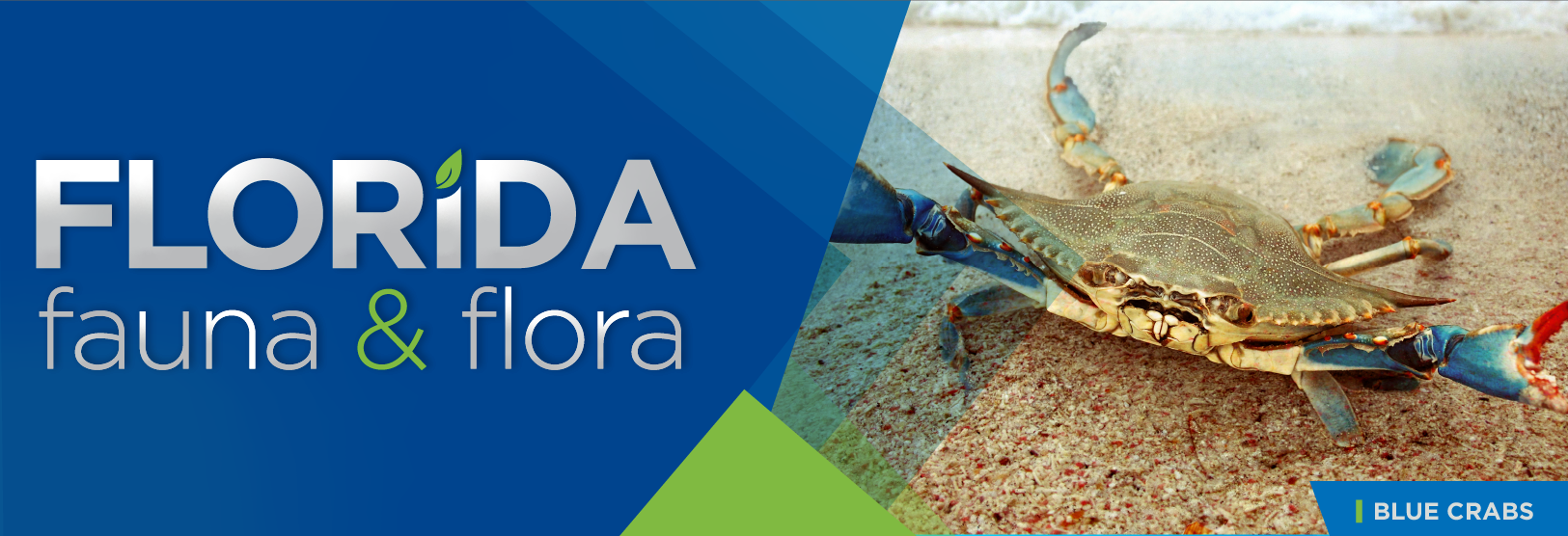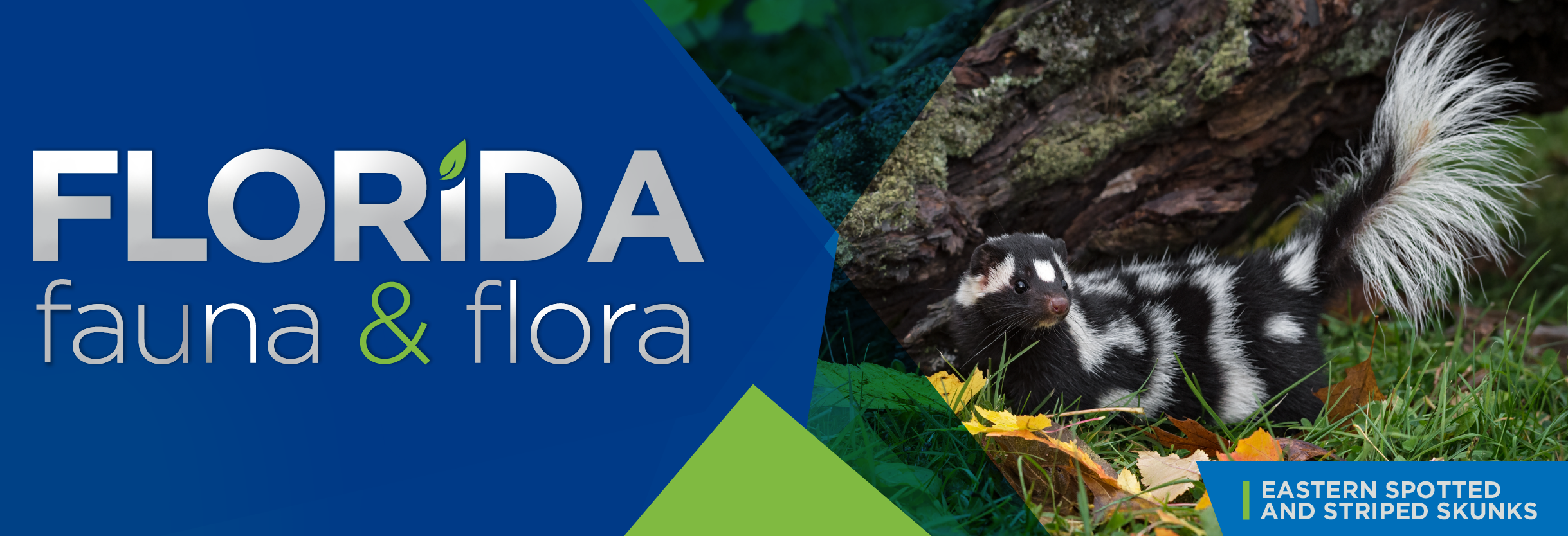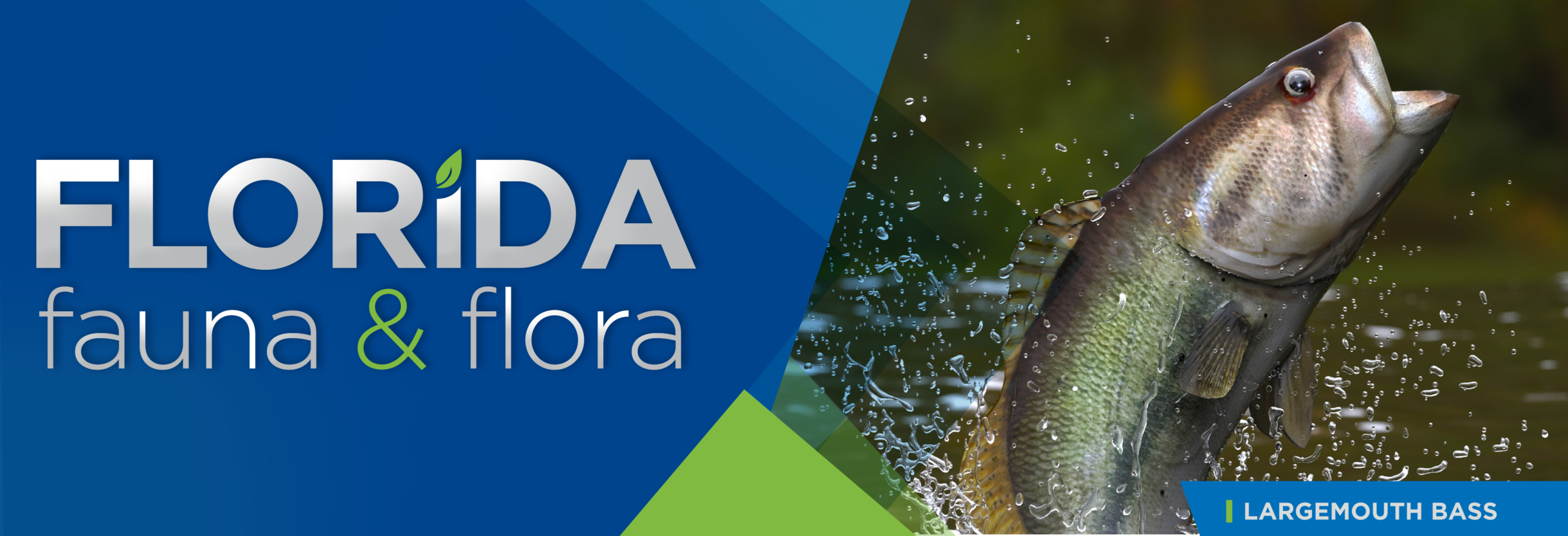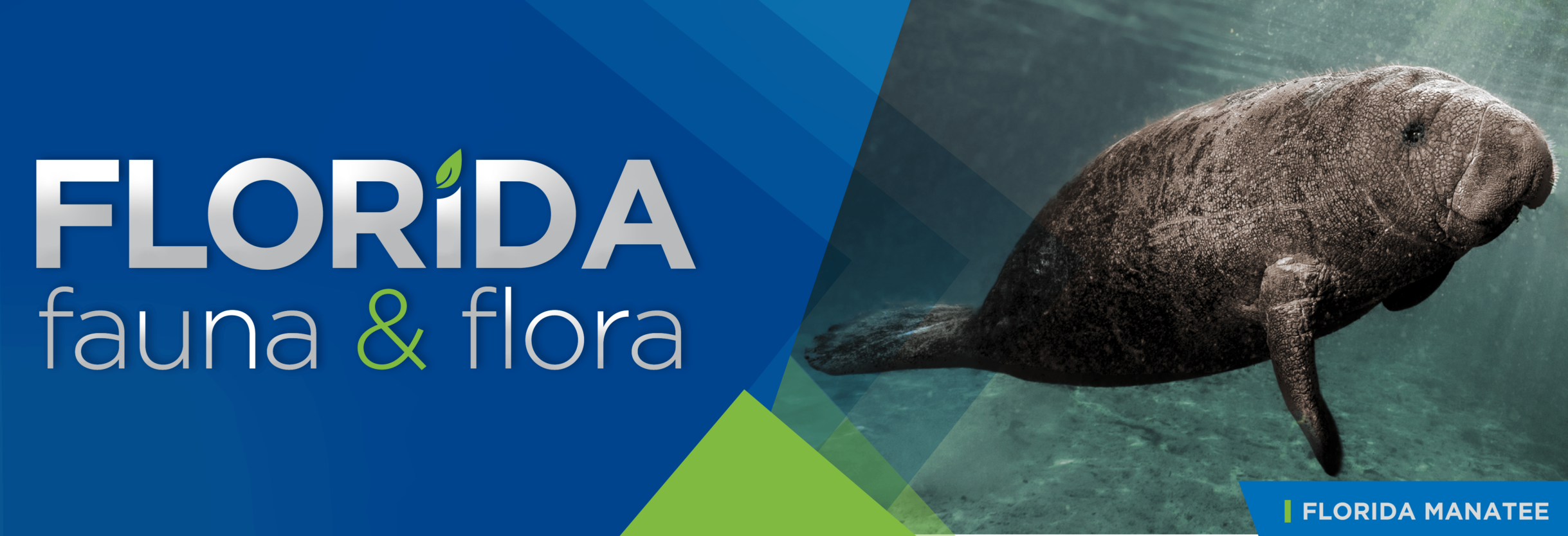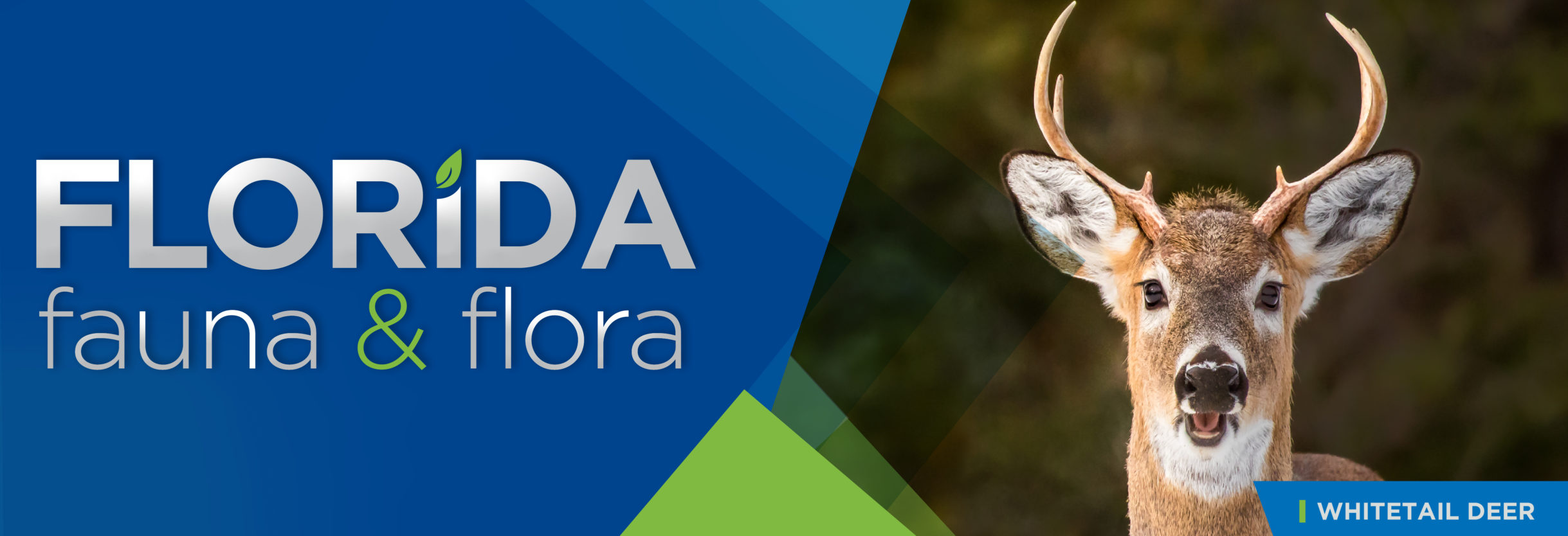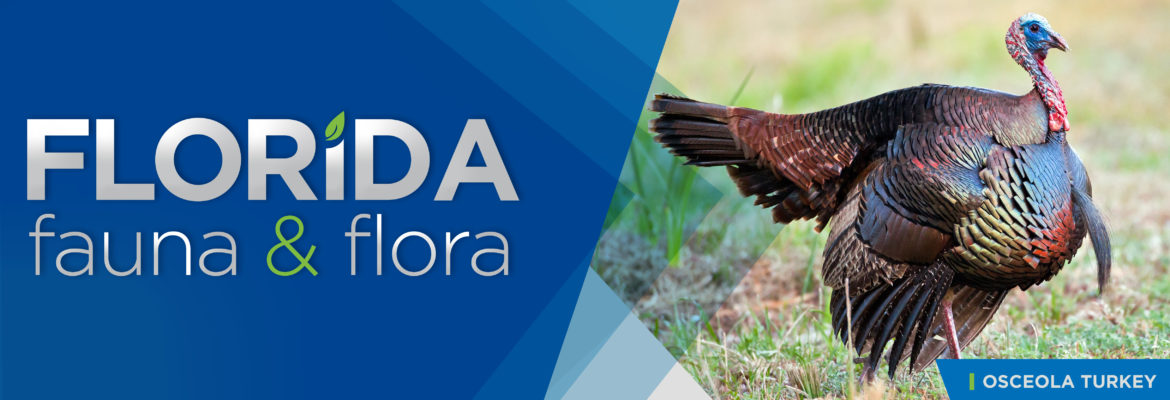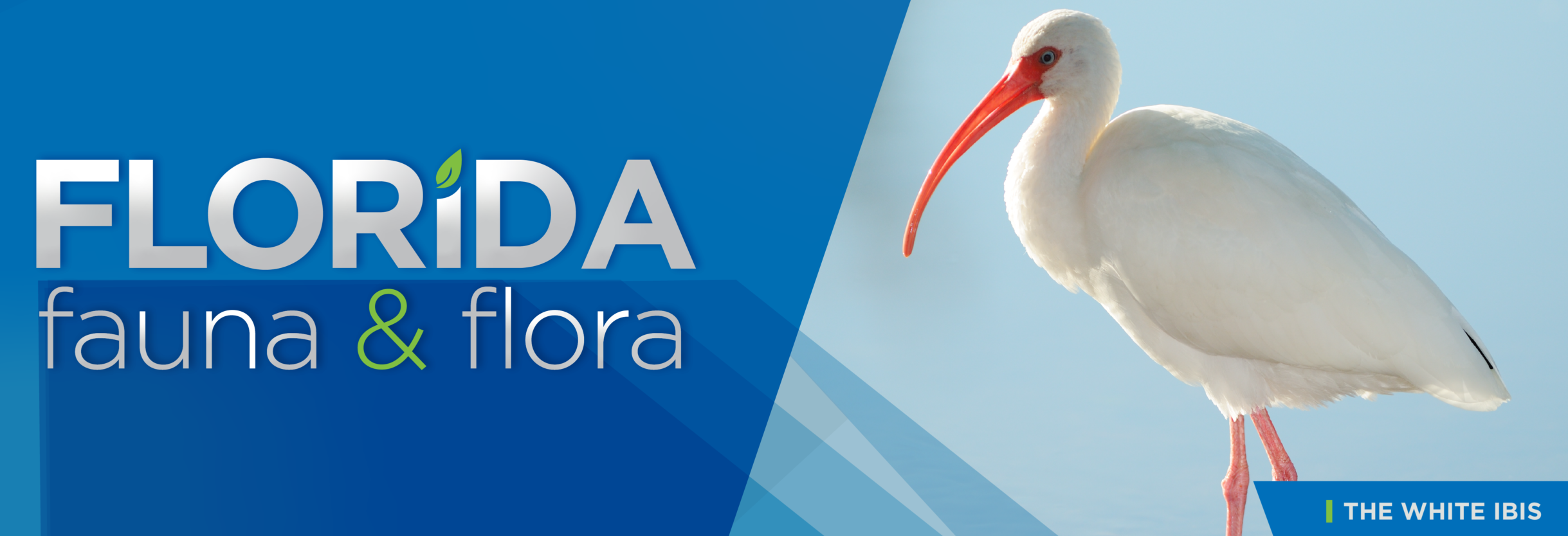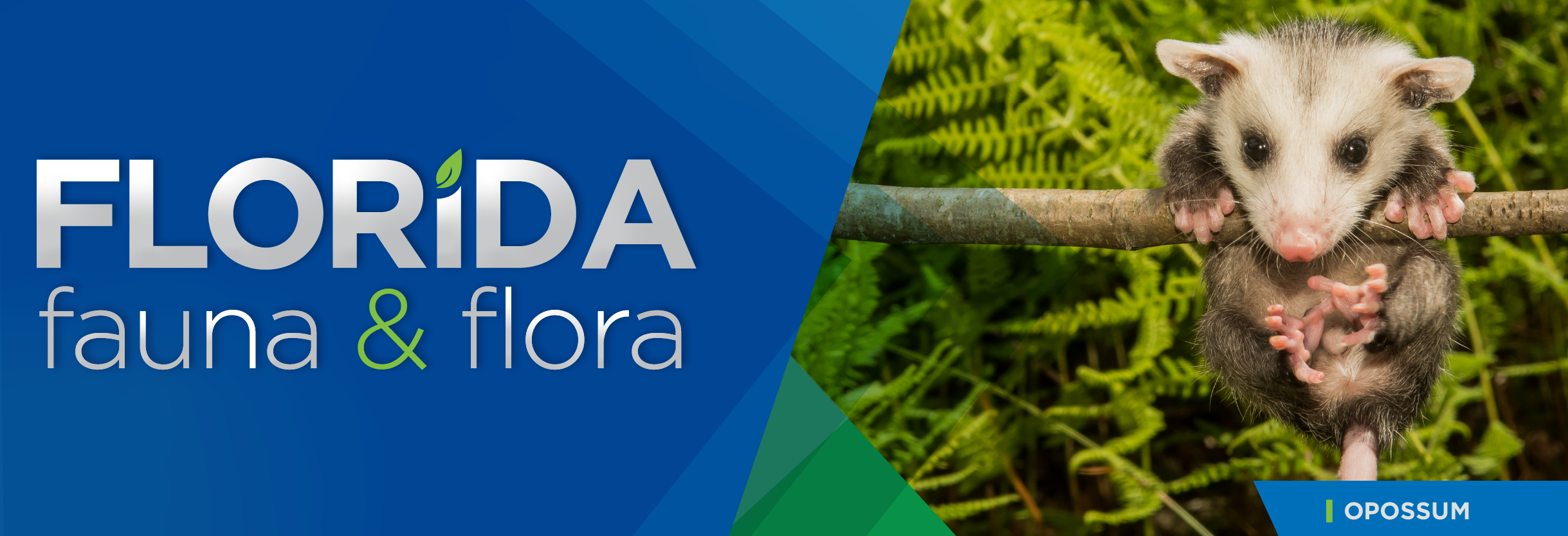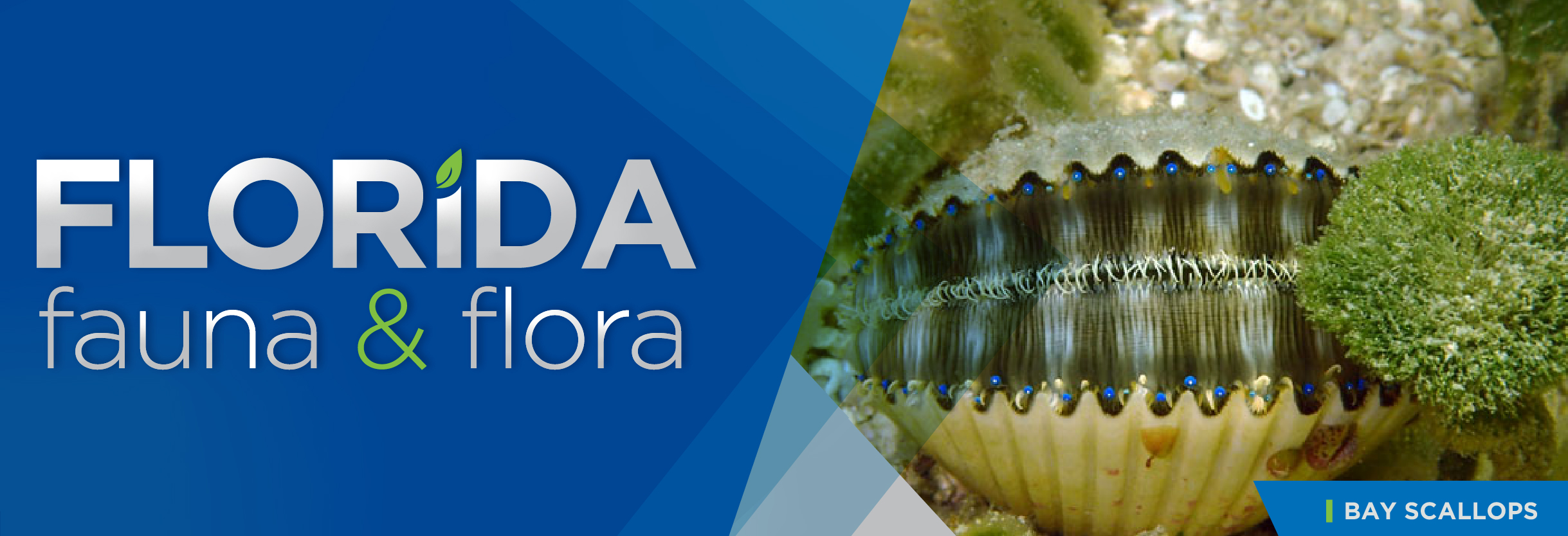Florida Fauna & Flora – Blue Crabs
Blue crabs are found in the western Atlantic Ocean and the Gulf of Mexico. This crab is an omnivore – eating both plants and animals. Its typical diet is small fish, plants, annelids and almost anything else it can ingest.
Crabs grow by shedding their shells or molting. Blue crabs molt about 25 times during their 3-year lifecycle. Crabbing requires a Florida saltwater fishing license unless you are trying to catch blue crabs from the shore with fishing line or rope. Chicken legs and oily fish are popular bait choices.
In Florida, crabbers can harvest female blue crabs, but it is illegal to harvest females carrying eggs. For conservation purposes, return female blue crabs to the water. Females are easily identified by their red-tipped claws. Blue crab males have blue claws.
FUN FAUNA FACT: BLUE CRABS CAN SWIM. Many crabs walk or run along the waters’ bottom, but crabs in the Portunidea family have paddle-shaped backlegs called swimmeretes that rotate allowing blue crabs to swim.
Read the full June 2020 SECO News online.



